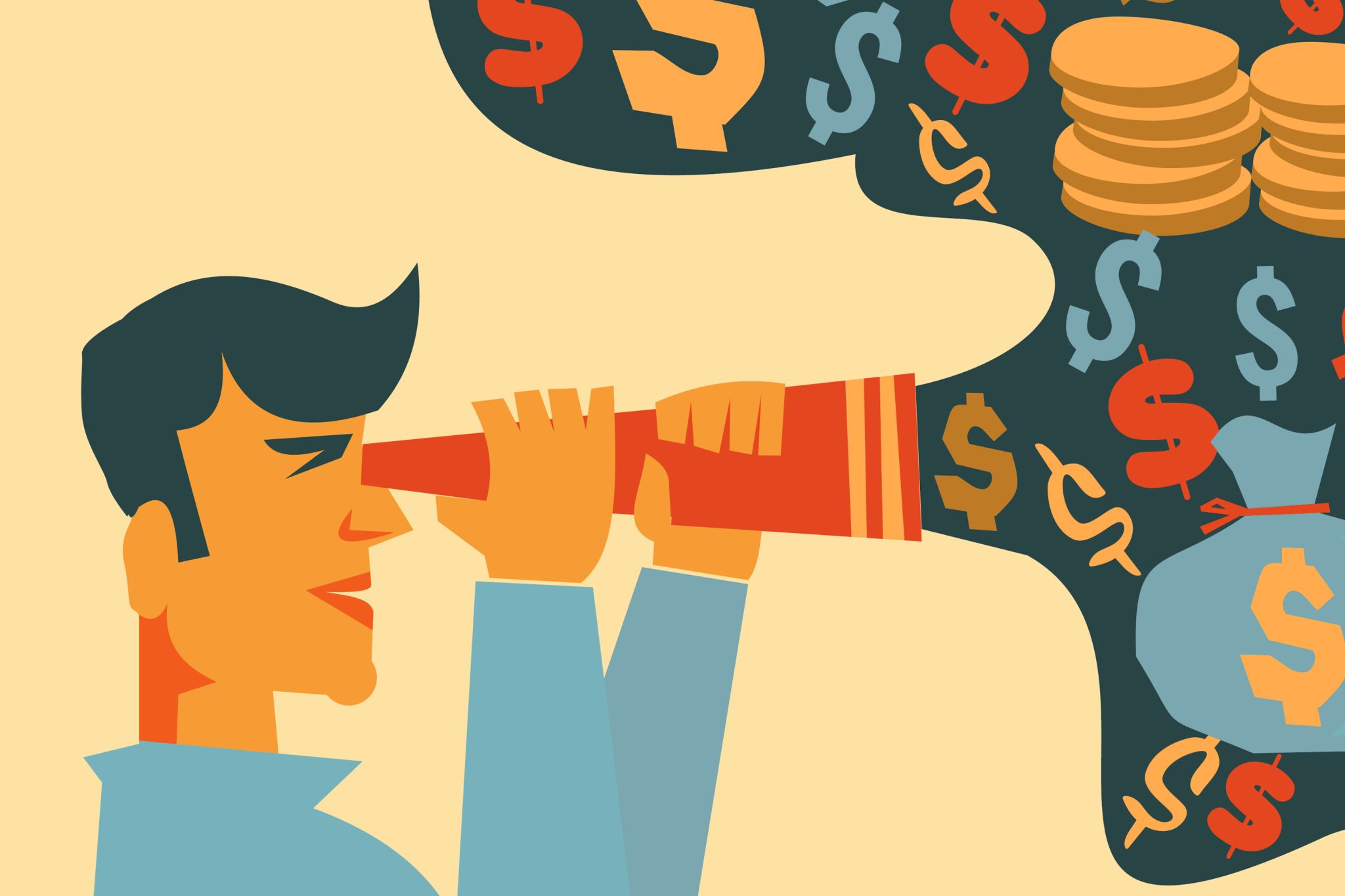You’ve done your research. Interest rates are low, and you know the exact area you want to buy your future home in and the details you desire down to the type of flooring in the kitchen. Now the only thing standing between you and a seat at the offer table is figuring out how you’re going to come up with a reasonable down payment.
Aside from going the traditional route of saving slowly and consistently over time to reach your savings goal, consider these other creative options for funding your down payment:
1. Negotiate a Pay Raise
If you’re not comfortable asking for what you want, now’s the time to learn. Research comparable pay for your position, create a list of your accomplishments and the value you’ve added to your company, and schedule a sit down with your boss to discuss compensation.
Tack on an extra $5,000 to the pay you’d be comfortable with in order to give yourself room to negotiate down if necessary. Anything extra you get in your paycheck should be earmarked for your down payment fund.
2. Tap Your IRA (But Be Aware of the Consequences)
A traditional IRA allows you to contribute pre-tax income to an investment account, which can grow tax-deferred, meaning you pay no taxes on principal (contributions) and earnings until funds are withdrawn from the account. For 2017, tax-deductible contributions may be made up to $5,500 to an IRA account. Translation: You’re saving money on your taxes at today’s rates, but you’ll be paying a future (possibly higher) rate upon withdrawal.
A Roth IRA is similar to the above traditional IRA except that contributions are made with after-tax income and therefore aren’t tax-deductible. For 2017, non-tax deductible contributions may be made up to $5,500. Translation: You’re paying taxes upfront at today’s rates, instead of paying the (possibly higher) rates in place when you begin withdrawals.
As a first-time buyer, or if you haven’t owned a house for at least the past two years, you can withdraw $10,000 penalty-free from your traditional or Roth IRA to fund a down payment. Keep in mind, however, that you’ll still have to pay income taxes (state and federal) on the distribution you take from your traditional IRA. (That money did go in tax-deferred, after all). Also the $10,000 is a lifetime withdrawal limit.
Remember that if you’re tapping into your retirement account and withdrawing funds, you’re not only setting yourself back on retirement savings, but you’re also losing the opportunity to let time and compound interest work on (and grow) those funds for you. Given the pros and cons, which will depend on your particular circumstances, research and decide if borrowing from your retirement is right for you.
3. Borrow From Your 401(k) (With Eyes Wide Open)
While not an ideal situation for the reasons listed above (you’re losing out on time and compound interest growing your money), borrowing money from your 401(k) could be an option if your company savings plan allows it.
Keep in mind that this isn’t a withdrawal, but is a loan that you’ll have to pay back with interest. The monthly payments you need to make repaying the loan may impact the amount of mortgage you qualify for. The plus side is that the interest you’re paying will be going into your account.
4. Leverage Certificates of Deposit (CDs) or High-Yield Savings Accounts
While you don’t want to take risks with the money you plan to use in the next few years to purchase a home, you also don’t want it sitting stagnant either. Look into your bank’s high-yield saving accounts and CD rates to determine if you can get a better rate on your money.
Consider laddering CDs to maximize your earning power by purchasing different certificates with a variety of maturity dates, such as 6, 12, or 24 months. This provides you flexibility to reinvest the money as the CDs mature and take advantage as interest rates change (increase or decrease) to earn a higher return on your money.
5. Hang On to Extra Money
Whether it’s a bonus, tax refund, holiday gift, or cash from items you’ve sold, set a plan to stash all extra cash in your home down payment fund. If that feels to stringent, give yourself a little wiggle room with an allocation of 85% to savings and 15% towards a personal splurge.
6. Start a Side Hustle
If your current pay is already stretched as far as it can go with expenses, consider starting a side gig where you can leverage your talents in web design, tutoring, pet sitting, writing, or whatever interests you have.
Free up a few hours a week in your calendar to dedicate towards building this second income stream and put all funds earned in your separate “home down payment” savings account.
Related:


